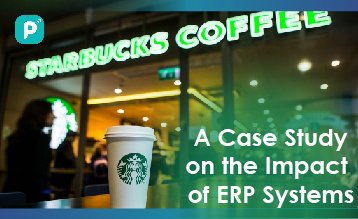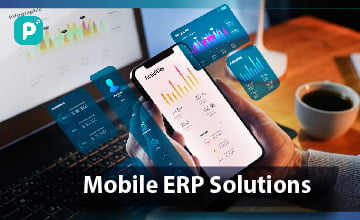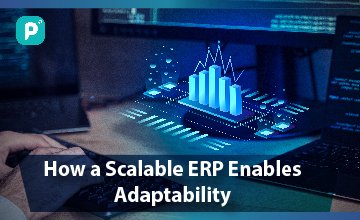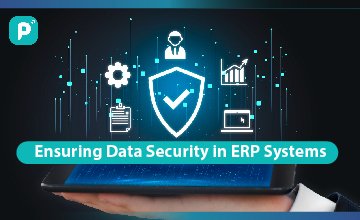With over 32,000 stores spanning 83 global markets, Starbucks has cemented itself as the premier roaster, retailer and marketer of specialty coffee worldwide. But what many customers don’t realize is the enormous operational complexity behind delivering consistent, quality products and service across thousands of locations.

Starbucks struggled with fragmented systems and processes before embarking on an ambitious ERP implementation in 2008. Let us delve into this case study to understand this better!
Life Before ERP: Disconnected Systems, Inconsistent Processes
In Starbucks’ early days, they relied on limited point-of-sale and financial systems patched together for their handful of stores. However, hyper-growth took priority over operational integration. With thousands of new locations opening globally, Starbucks’ systems became increasingly fragmented:

POS, inventory, procurement, finance, HR, and warehouse management systems were siloed and disjointed:
- No unified data source or version of truth across the enterprise
- Processes were ad-hoc across geographies, with no standardization
- The supply chain was plagued by manual inventory management and inaccuracy
- Forecasting, reporting, and insights were challenged by fragmented data
- This complex web of systems caused significant pain points:
- Supply Chain Inefficiencies:
- Lack of inventory visibility resulting in waste and shortages
- Difficulty forecasting demand and managing suppliers
- Distribution and logistics bottlenecks
Operational Chaos:
- Inconsistent procedures across stores and markets
- Difficulty training employees and maintaining brand standards
- No unified view of performance metrics
Constrained Growth:
- Hard to expand into new markets and add stores rapidly
- Challenging to integrate acquisitions
- IT complexity and costs spiraling out of control
Reduced Profits:
- Increasing overheads eating into margins
- Limited financial visibility to identify cost issues
- Declining same-store sales growth
Facing slowing revenue and eroding margins, Starbucks knew it needed an operational overhaul. Integrating its business processes through ERP would provide the visibility, efficiency, and flexibility to restart growth.
Brewing a Bold ERP Initiative
In 2008, Starbucks announced a bold initiative to implement SAP ERP across their enterprise. With CEO Howard Schultz at the helm, they committed $250-300 million over 2.5 years to deploy a comprehensive solution integrating:
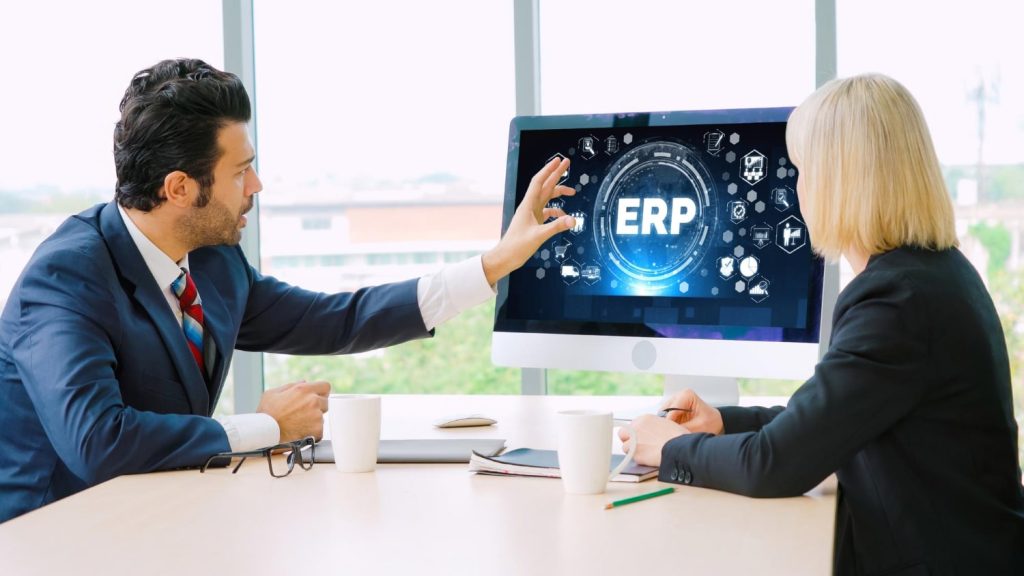
- Finance and Accounting
- Supply chain and inventory
- Procurement
- Warehouse management
- Production planning
- Quality control
- Sales order processing
- Business intelligence and analytics
- Human capital management
- Master data management
The complex project scope encompassed redesigning processes, rolling out to over 11,000 stores, and change management across 200,000+ employees.
Key Strategies for Success
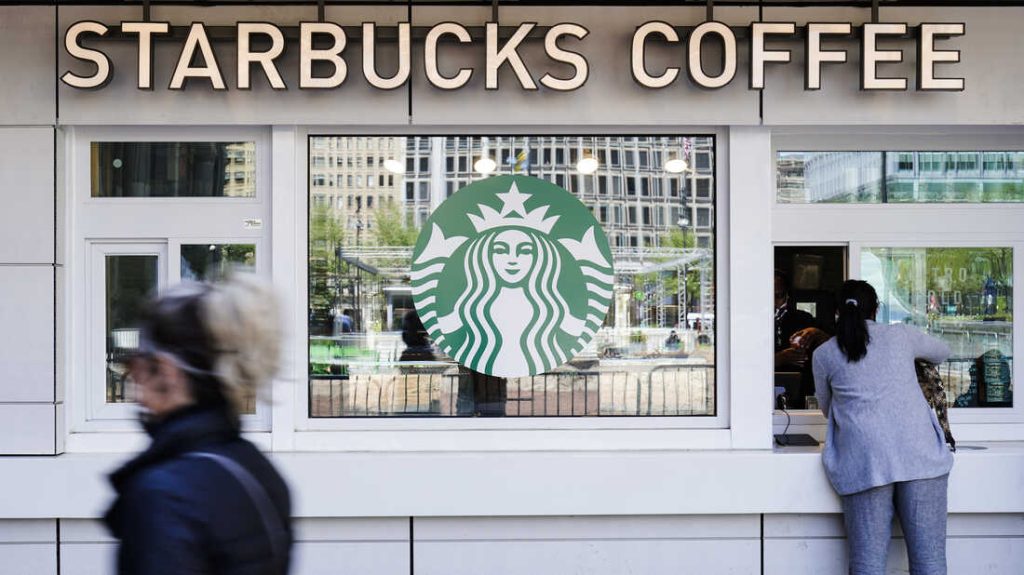
- A phased approach focusing first on Canadian and US stores
- Close IT and business collaboration throughout
- Customized training programs across the organization
- Pilot testing and iterative refinements before global rollout
- Ongoing enhancements even post-implementation
With careful planning and commitment from leadership down, Starbucks saw their multi-year ERP investment bear fruit.
The Transformational Business Impacts of ERP
While costly and requiring significant change management, Starbucks reaped tremendous benefits from unified ERP:
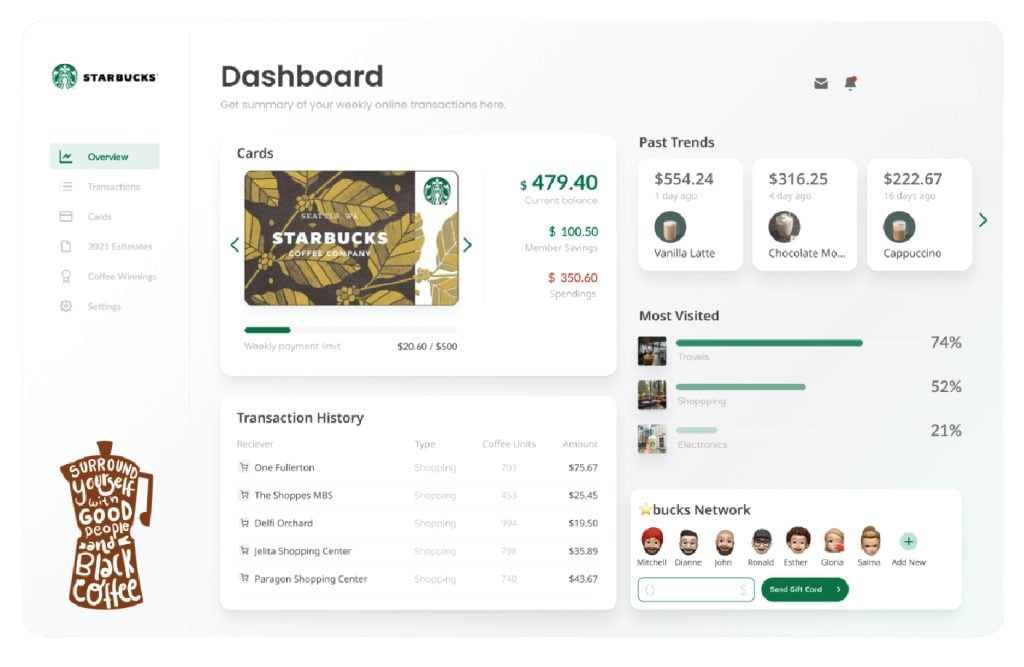
- Complete Visibility into Operations
- ERP delivered detailed visibility across procurement, inventory, logistics, sales, costs, and profitability across geographies. This guided better decision-making.
- Supply Chain Optimization
- Inventory accuracy rose from 60-70% to over 95% through real-time ERP tracking. Waste declined and profitability improved.
- Speed and Agility
- Automation of everything from ordering to new store opening accelerated Starbucks’ responsiveness to market demands.
- Enhanced Customer Experience
A 360-degree customer view enabled personalized marketing and promotions as well as omni-channel conveniences like mobile ordering.
Foundation for Innovation
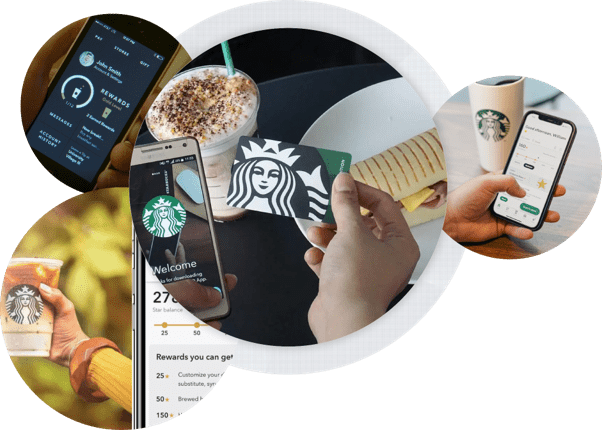
With a modern integrated platform, Starbucks could rapidly launch new initiatives from loyalty programs to AI-enabled mobile features.
Cost Control and Financial Discipline
Automation and integration drove efficiency. Granular cost analytics also improved expense management and controls.
Business Results
Beyond benefits like $30 million saved annually in IT costs, Starbucks credits ERP for supporting tremendous business growth since 2008:
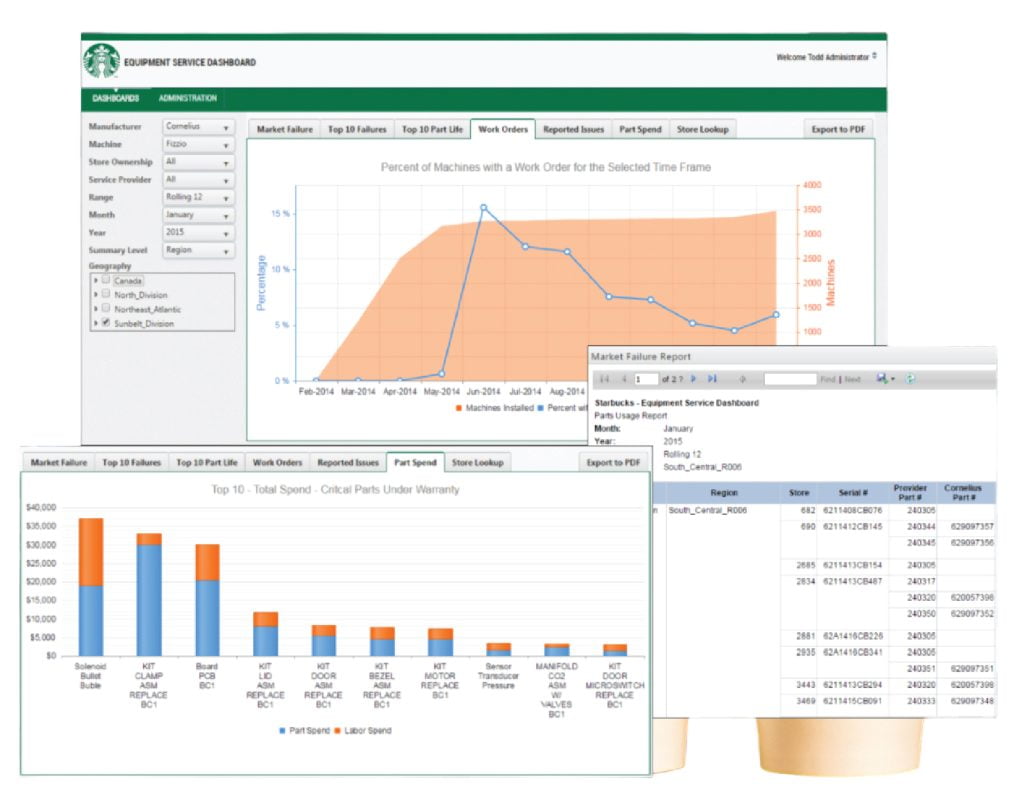
- 25% increased earnings in 2011 post-ERP implementation
- 60% revenue growth from 2011-2019 with over 10,000 new store openings
- Expansion into 5 new international markets
- Consistent innovation in products and customer experience
- Stock price growth from $9 in ’08 to $90 in ’22
The Proof is in the Pumpkin Spice Latte
Starbucks’ ERP journey illustrates how aged systems and “duct tape” processes hindered even this iconic brand. But with visionary leadership, robust project management, and employee change management, they transformed into an operationally excellent business. The numbers speak for themselves – normalized earnings growth, global expansion, and a stock price nearly 10X higher.
Starbucks is now positioned to continue innovating and exciting customers worldwide. So next time you sip a pumpkin-spiced latte, take a moment to recognize the enterprise-wide coordination and efficiency that delivered it!
Conclusion
Like any complex IT project, Starbucks’ ERP implementation was not without challenges. But the rewards have been tremendous – streamlined operations, global consistency, cost reductions, and business growth. For any enterprise struggling with fragmented systems and inconsistent processes, Starbucks provides an inspiring case study of how reengineering technology and processes hand-in-hand can enable innovation and competitive advantage.
With ERP now firmly brewed into their operations, Starbucks is positioned to continue excelling on all fronts – from supply chain to sustainability, and global customer experience to profitability.
Explore our website to discover personalized ERP solutions for your organization. Gain a detailed understanding of how our services can assist you in achieving effective management solutions and more.
All images belong to their respective owners. Please email [email protected] if removal is required.

